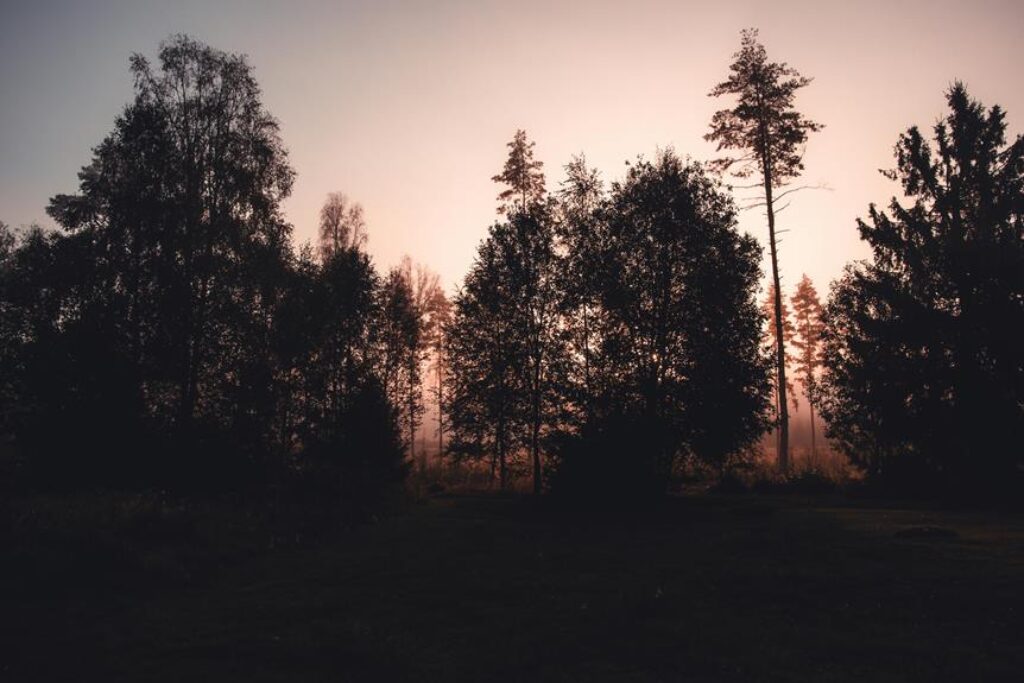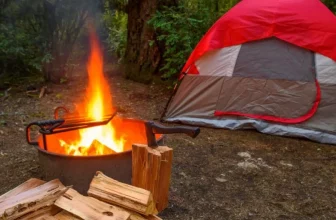
When selecting camping destinations for wildlife viewing, you must navigate through a maze of considerations. Understanding the balance between proximity to wildlife habitats and camping amenities can make or break your experience. Imagine the thrill of waking up to the calls of wild creatures echoing through the forest, the rustle of leaves as they go about their daily routines. But wait, there’s more to this puzzle that awaits your exploration. Get ready to uncover the secrets of choosing the perfect camping spot that offers a front-row seat to nature’s spectacular show.
Researching Wildlife Habitats
Before choosing a camping destination for wildlife viewing, explore the habitats of the animals you wish to observe. Understanding the specific ecosystems where your target wildlife thrives is crucial for a successful viewing experience.
Research the types of terrain, vegetation, and water sources that attract the animals you hope to see. For example, if you’re interested in observing bears, look for camping areas near rivers where they fish for salmon.
Considering Seasonal Wildlife Activity
Considering the seasonal activity of wildlife is essential when planning your camping trip for optimal viewing opportunities. Different times of the year bring varying behaviors from animals, making some seasons more suitable for wildlife viewing than others. For example, spring could be a great time to witness animals caring for their young, while fall might offer the chance to observe migrations.
Researching the specific wildlife species you hope to see can help you determine the best season for your camping trip. Some animals are more active during certain times of the year, such as bears preparing for hibernation in the late fall. Planning your trip around these patterns can significantly increase your chances of seeing the wildlife you desire.
Moreover, seasonal changes can impact the availability of food sources for wildlife, affecting their movement and behavior. Understanding these fluctuations can guide you in selecting the right time to visit a particular camping destination for the best wildlife viewing experience. By aligning your trip with the seasonal wildlife activity, you can enhance your camping adventure and witness nature at its finest.
Evaluating Camping Amenities
When choosing your camping destination for wildlife viewing, assessing the available camping amenities can greatly enhance your overall experience. Look for campgrounds that offer essential facilities like clean restrooms, potable water sources, and designated fire pits for cooking meals and staying warm. Having access to these amenities can make your camping trip more comfortable and enjoyable. Additionally, consider the availability of electricity hookups if you require them for charging devices or running electronic equipment. Some campgrounds also provide picnic tables, BBQ grills, and trash disposal areas for added convenience.
Moreover, check if the campground offers campground hosts or staff who can provide information about the local wildlife, hiking trails, and safety tips. These knowledgeable individuals can enrich your wildlife viewing experience by guiding you to the best spots for observation.
Lastly, evaluate the proximity of the campground to wildlife viewing areas to minimize travel time and maximize your chances of encountering diverse animal species. By carefully evaluating camping amenities, you can ensure a memorable and fulfilling wildlife viewing adventure.
Prioritizing Conservation Efforts
To ensure the preservation of wildlife populations, it’s essential to prioritize conservation efforts while selecting your camping destination for wildlife viewing. When choosing a camping spot, opt for locations that actively support conservation initiatives and have a strong commitment to protecting the local flora and fauna. Look for campsites that follow sustainable practices, such as minimizing waste, protecting habitats, and promoting responsible wildlife interactions.
Supporting parks or reserves that focus on conservation can make a significant impact. These areas often have programs in place to monitor and protect wildlife populations, ensuring a safer environment for both animals and visitors. By camping in these locations, you contribute to the conservation efforts and help maintain the delicate balance of the ecosystem.
Additionally, consider camping during off-peak seasons to reduce the impact on the environment and wildlife. Crowded campsites can disrupt natural habitats and increase stress on local species. By being mindful of your impact and supporting conservation-focused destinations, you can enjoy wildlife viewing experiences while contributing to the protection of these precious ecosystems.
Camping














